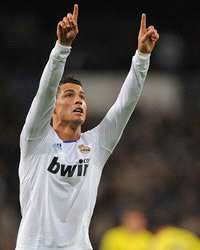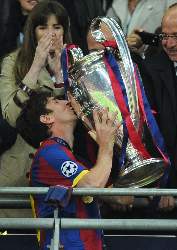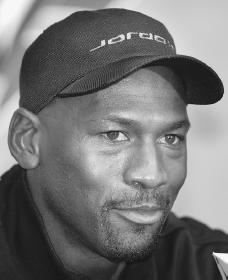Apa rahasia dibalik kesehatan beliau?
Berikut ini adalah beberapa cara hidup sehat yang selalu beliau amalkan:
1. Selalu bangun sebelum subuh
Rasulullah mengajak umatnya bangun sebelum subuh untuk melaksanakan shalat sunnah dan shalat subuh berjamaah. Hikmahnya adalah mendapat limpahan pahala, kesegaran udara subuh yang baik terutama untuk menyehatkan paru-paru serta menyegarkan pikiran. Asupan oksigen yang masih bebas polusi bisa menyehatkan otak.
2. Aktif menjaga kebersihan
Rasulullah SAW senantiasa tampak bersih dan rapi. Setiap kamis atau jumat, beliau mencukur rambut halus di pipi, memotong kuku, bersiwak, serta memakai minyak wangi.
3. Tidak pernah makan berlebihan
Rasulullah mengajarkan untuk mengisi perut kita dengan 3 hal secara seimbang: sepertiga diisi dengan makanan, sepertiganya dengan air, dan sepertiga sisanya untuk bernapas (diisi dengan udara).
Sabda Rasulullah:”Kami adalah satu kaum yang tidak makan sebelum lapar dan apabila kami makan, tidak terlalu banyak(tidak sampai kekenyangan)”.
4. Gemar berjalan kaki
Rasulullah berjalan kaki ketika ke masjid, pasar, ke medan jihad, ataupun sekedar mengunjungi rumah sahabat. Dengan berjalan kaki peredaran darah akan berjalan lancar. Ini penting untuk mencegah penyakit jantung.
5. Tidak pemarah
Nasihat Rasulullah:”Jangan marah”, diulangi tiga kali. Ini menunjukkan hakikat kekuatan seseorang bukanlah terletak pada jasad, tetapi pada kebersihan jiwa.
Bila kita marah, cara paling mudah adalah mengubah posisi ketika marah. Jika sedang berdiri, maka duduklah. Jika sedang duduk, maka berbaringlah. Kemudian membaca ta’awudz serta mengambil air wudhu. Karena marah itu asalnya dari setan, dan setan terbuat dari api, maka padamkan dengan air wudhu.
6. Optimis dan tidak berputus asa
Sikap optimis memberikan kekuatan tersendiri bagi kelapangan jiwa, selain itu perlu juga memperbanyak sabar, istiqamah, serta tawakal kepada Allah SWT.
7. Tidak pernah iri hati
Kita perlu menjauhi sifat iri hati karena penting untuk menjaga kebersihan hati dan kesehatan jiwa. Kita harus selalu berdo’a: “Ya Allah, bersihkanlah hatiku dari sifat-sifat mazmumah (mendatangkan keburukan pada diri) dan hiasilah diriku dengan sifat-sifat mahmudah (mendatangkan kebaikan pada diri)”.
8. Pemaaf
Pemaaf adalah sifat terpuji yang bisa mendatangkan ketenteraman hati dan jiwa. Memaafkan orang lain akan membebaskan diri kita dari belenggu kemarahan. Ketika kita marah, marah itu akan melekat pada hati. Karenanya, mari menjadilan diri kita seorang yang pemaaf, karena dengan memaafkan akan membuat jiwa menjadi lapang dan badan akan selalu sehat.
Bahagia sebenarnya bukan mendapat, tetapi dengan memberi. Sebenarnya, banyak lagi cara hidup sehat Rasulullah SAW, namun setidaknya 8 cara hidup sehat ala Rasulullah tersebut cukup membantu kita menjalani hidup sehat.
Semoga bermanfaat
Terimakasih
source








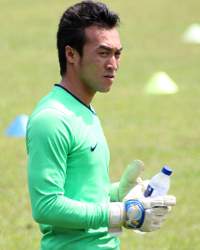
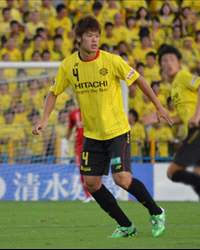
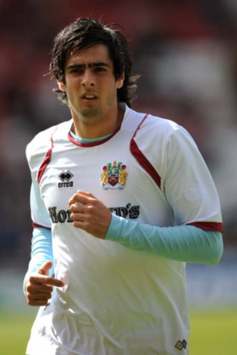
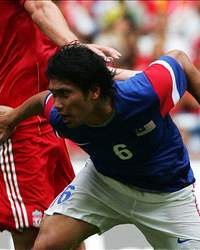
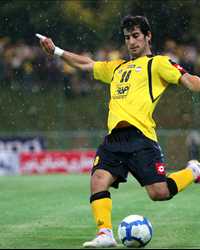
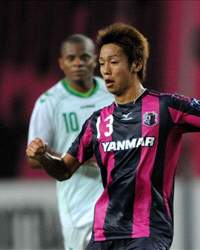
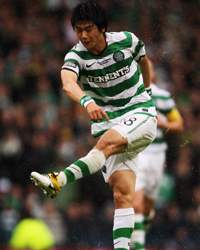
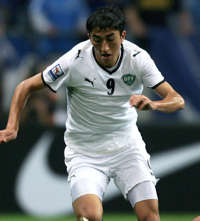
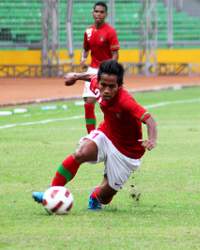
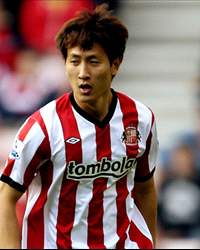
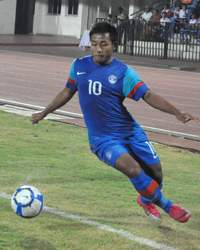





 Karim Ansarifard
Karim Ansarifard 

